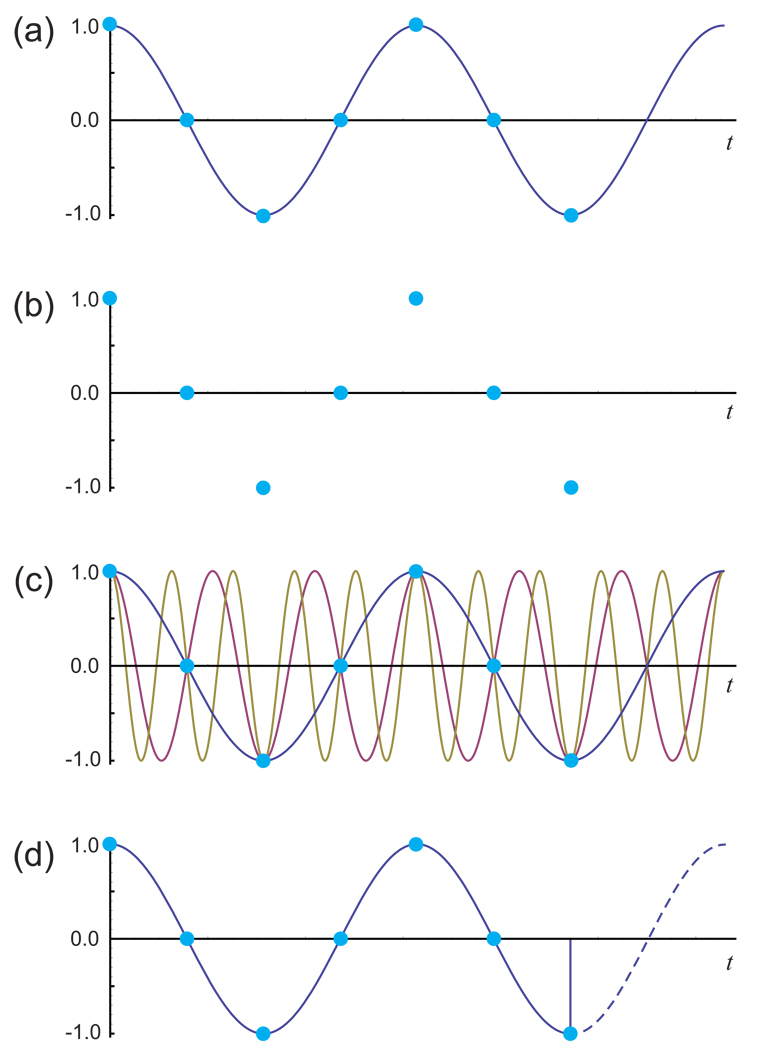Figure 1. Ambiguity from Discrete Sampling of a Continuous Signal.
(a) In NMR, a continuous sinusoidal signal (solid line) is normally measured as discrete samples (points). (b) The actual information available about the original signal after sampling is limited to the values at the sampling points, introducing two forms of ambiguity. (c) One form of ambiguity is the lack of information about what happens between sampling points. In the case of regularly spaced samples, as plotted here, an infinite number of sinusoidal signals of various frequencies can be considered to fit the data equally well. (d) The second form of ambiguity concerns what happens after the end of the sampling period. The data do not allow one to distinguish between a signal that stops abruptly and a signal that continues infinitely.

